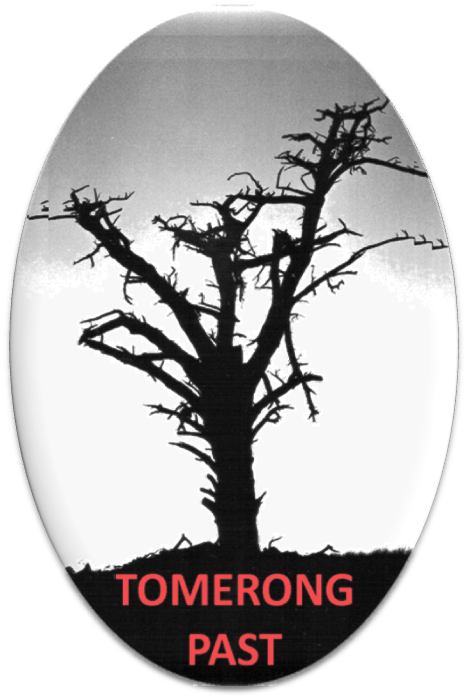Tomerong Public School has been operating in the same location for over 160 years. The School opened only 7 years after the first Public School in the Shoalhaven but a Private School had operated in the village prior to this. The Administration Office, previously the teacher's residence, is over 130 years old. Together with Tomerong Union Church they are the oldest in the area- we know of no other intact European building of this age in the Bay & Basin.
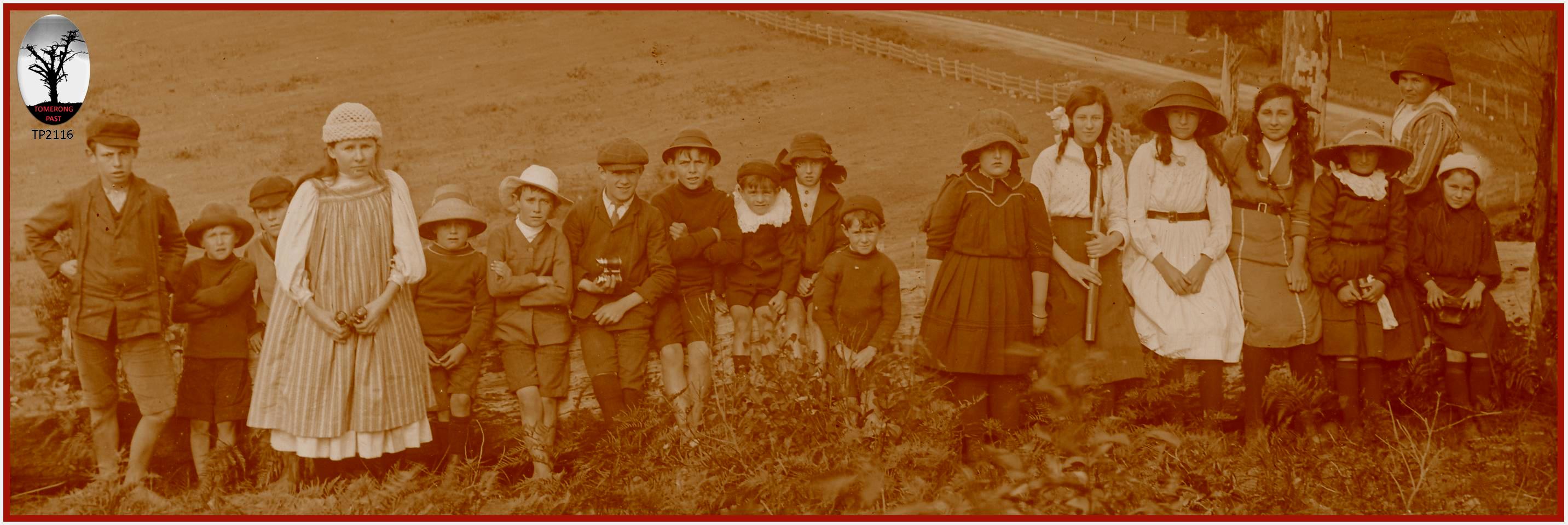
AFTER 1848, education in NSW underwent major changes as a result of the establishment of the Board of National Education. Prior to this time, education had mainly been provided by church run schools and situated in the more populated urban areas. Two boards of education were established in NSW, one for the control of denominational or church run schools and the other for government operated schools. The Board known as the National Board had the authority to establish and direct state schools, which were known as National Schools. As the population of rural areas increased so too did the demand for schools. The establishment of a National School was usually initiated by the community making an application to the Board who would provide financial assistance. The Board contributed two thirds of the cost of buildings; the rest was raised locally. Often this resulted in the conversion of a private school to a National School.
The National School system made slow progress in establishing schools due to the difficulties of communities in raising one third of the cost of buildings. This system was modified in 1857 to include non-vested schools. Non-vested school premises remained the property of the owner, and were not paid for by the National Board. The Board provided the books, the teacher's salary and the school followed the National programme. Outside of school hours the proprietors were free to use school premises for other purposes, such as religious services. This was not permitted in vested schools. The popularity of the non-vested scheme was evident when after only two years of its introduction in NSW, the number of schools under the Board's control doubled.
Prior to the commencement of the Public School at Tomerong, James McLeod Robertson operated a private school in the settlement for several years, relying on school fees as his source of income. Robertson contacted the Board, on the instigation of the community, '…for the purpose of taking into consideration the best means of availing themselves of the liberal sums on the estimates for educational purposes.' He also wished to know '…if the Board could interfere so as to prevent the different denominations using the school as a place of worship as occasion offered.'' A meeting of residents was held at Tomerong on Saturday, 3 May 1862 to discuss the best means of providing a school for pupils from small, scattered communities. The meeting, which was chaired by Malcolm Mathie, put forward three resolutions:
1. 'That, in the opinion of this meeting, the only system of education adapted for a small and scattered community consisting of members of diverse religious persuasions, is that which preserves the strictest impartiality towards all, and gives precedence, or even the semblance of precedence to none: which secures to the scholars of each persuasion the privilege of religious instruction by their own pastors, and which, by the frank admission of visitors of all creeds and classes without distinction, affords the means of exercising the strictest vigilance over the course and mode of instruction, the conduct of the schoolmaster, and the application and expenditure of the funds: and these conditions in their integrity, the so called National System is, in the opinion of this meeting, the only system which is calculated to fulfil.
2. That the modification of the National System known as the Non-vested System is that which is most suitable to settlers in circumstances so limited as those of the inhabitants of the district around Jervis Bay.
3. That in compliance with the recommendation of the National Board a provisional committee of residents in the Jervis Bay district be appointed to initiate proceedings and make a preliminary application to the Board to aid, collect subscriptions, and fix upon the situation for a schoolhouse upon the National Non-vested System, and that such provisional committee consist of Mr Joseph Suffolk of Tomarong, Mr William Brice of Errowal, and Mr Patrick Walsh of Wandandian.'
The meeting resolved that 'The superiority of the Non-vested as distinguished from the vested national system is its inexpensiveness, the applicants not being tied to any specification as to the building, which is erected from their own resources, and its applicability to the purposes of divine worship which, in the buildings erected under the vested system by the joint contribution of the applicants and the Board, is absolutely prohibited'. Following the meeting, a formal application was submitted to the National Board for assistance in establishing a non-vested National School at Tomerong. The Local Patrons, R Longfield, John Peake, Malcolm Mathie and Samuel Crawford expected 29 boys and 10 girls to attend and nominated Robertson as the teacher. The application was successful and the new school was constructed on one acre of land on the estate of James Barham (portion 12), on the eastern side of the Shoalhaven to Ulladulla Road. The first school building is believed to have been built by Henry Doig and was held in trust by the Local Patrons. It was built from sawn slab with a shingle roof and had five rooms: a schoolroom 22 feet by 16 feet, a classroom 16 feet by 8 feet and three rooms each 10 feet square which were used by the teacher as a residence. The school furniture was made up of four desks and forms each 12 feet long and two desks and forms 7½ feet long... (extract from Tomerong Local History)
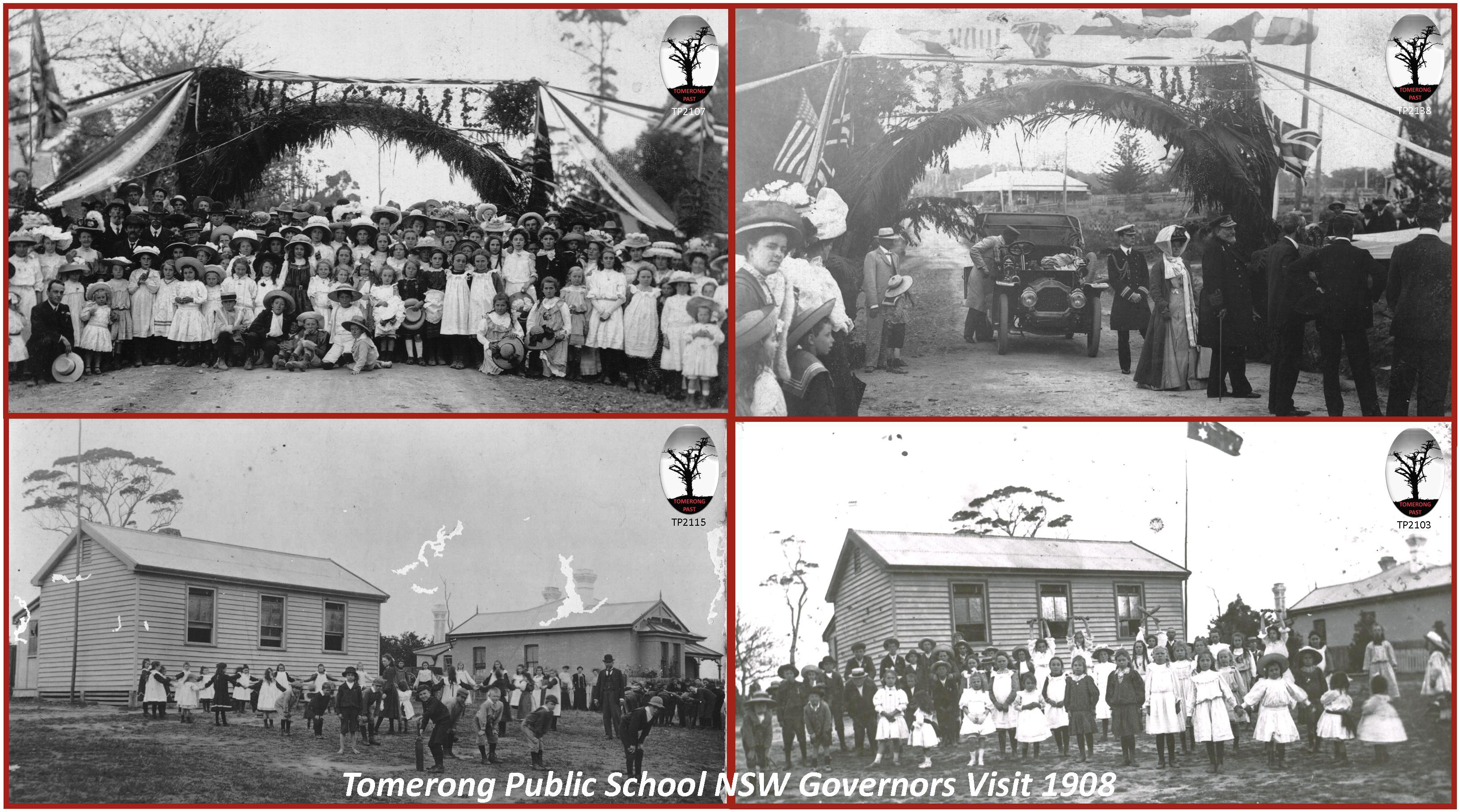
James McLeod Robertson was appointed as teacher to the new non-vested National school at Tomerong in September 1862. Local Patron, R Longfield, thanked the National Board for their aid and asked that the usual supply of schoolbooks be sent by ship from Sydney. The school opened in October 1862. Sadly Robertson held the position of teacher for only one month as he sustained serious head injuries from an accident whilst travelling to Nowra on the 16 October 1862. The Illawarra Mercury reported that 'He was on horseback on his way to the Nowra Court House when about 150 yards from Mr Kerr's his horse stumbled and he was thrown against a log lying at the side of the road, (a late windfall from one of the overhanging trees) and seriously injured. His head must have come in contact with the log as he has a fearful deep gash on his head and is quite insensible. Dr Reed was in immediate attendance assisted by Dr Alley who lost no time in hastening to the relief of the unfortunate. This man has a wife and family at Tamarang. Great fears are entertained of his recovery. Had the municipality not been restrained by Mr Berry's injunction from acting the cause of the accident, the log would have been removed.' James Robertson died in January of the following year and was replaced by Matthew Craig, a single, 34 year old Irishman who had received his training in Dublin.
At this time an attendance rate of 30 children was required to establish a school but by the end of 1863 the average attendance at Tomerong had dropped to just 19 pupils. Consequently, aid was withdrawn and the school closed. Another application for a Non-vested school was submitted in June of the following year with Malcolm Mathie, Alexander Bryce, and John Parnell acting as the Local Patrons. Inspector McCann's subsequent report indicated the following:
'1.Situation: The site is very suitable. The playground, one acre, is fenced.
2.Building: Wooden in fair repair, with sufficient accommodation. It also serves as a Church for all denominations.
3.The Patrons: There are no more influential persons in the district. The proposed patrons take a lively interest in the school's prosperity and they represent the two leading religious denominations of the locality.
4.Furniture and Apparatus: Reasonably sufficient - no important deficiency and an abundance of maps.
5.The Teacher: Mr Craig, though singular in manner, is evidently a teacher. He has received a fair training and is evidently devoted to restraints of official routine he is likely to be reasonably successful at Tomerong.'
In July 1864 the school was re-opened with an enrolment of 38 pupils, but the average attendance was decidedly lower. In October, low attendances threatened a reduction of the teacher's salary. Later in the same month, Inspector Bernard McCann drowned whilst crossing the flooded Wollondilly River at Rossi's Crossing near Goulburn, so the Local Patrons wrote directly to the National Board. They explained that cold weather, poor roads and lack of bridges made it difficult for some children to attend. In 1865, numbers were again low with an average attendance of 22 and the Board threatened to withdraw the teacher's salary. In March of the following year, a petition of residents was forwarded to the National Board requesting the continuation of the teacher's salary, stating that Tomerong was the only school in existence throughout the district. It was felt that the school was being discriminated against because it was a Non-vested school. The residents wished '…to retain the school as a place of worship and hope it will not militate against their interests when the destitution of religious ordinances is put too much on a par with the indigence, the paucity and dispersion of the population of a generally sterile district'. The school continued to operate.
In June 1867, following a visit by School Inspector Huffer, an improvement in numbers showed 17 boys and 16 girls in attendance. It was reported that '...the material condition of the school was good and it had a healthy tone. Ordinary subjects are taught, but teaching methods are not the most suitable and proficiency ranges from tolerable to fair...'. In September of the following year Mr Craig requested school materials which included; one dozen slates (12” x 8”), slate pencils, ink powders, scripture lessons and a map of Europe.
The national curriculum specified the subjects taught. First class was taught reading, writing and arithmetic. Second, third and fourth classes were taught parsing (grammar), geography and object lessons. Object lessons involved the examination of a particular physical object and this could incorporate many subjects such as history, geology and nature study.
A number of reforms occurred in the Education system of New South Wales in 1867 as a result of the implementation of the Public Schools Act. This Act saw the establishment of the Council of Education, which was responsible for the control of all State funded schools, be they public or denominational. The Council of Education was given the authority to establish and maintain a school where it was believed that 25 children or more would attend. These were now known as Public Schools. School Boards were introduced to replace the earlier Local Patrons, but their role changed very little. However, they were now appointed by the Council and not selected locally. School Inspectors were required to visit all schools within their district at least once a year to examine the students, the teacher and to report on the general condition of the schools. The Council of Education recommended that school fees should be set by local School Boards at a rate to suit the local economic conditions; this was usually between 6 pence and 1 shilling per child per week. These school fees composed part of the teacher's salary, the balance of which was provided by the Council. This meant that the teacher's income varied according to the enrolments and attendance. These reforms also brought about changes to the curriculum. Singing was added whilst marching drill, drawing, scripture, geometry, algebra and Latin were included as children advanced.
Provisional Schools started to emerge in 1867. These were schools mainly in rural areas, which required a minimum average attendance of only 15 children. Often these schools were staffed by untrained teachers or teachers of the lowest classification. A Provisional School was opened at Wandandian in 1868 and operated until 1880 when it became a Public School. It was known as 'Jannung' until 1910. Falls Creek Provisional School, originally known as 'The Falls', commenced in 1886, but a year later was reclassified as a Public School. North Huskisson opened as a half time school with New Bristol in 1871 and operated as such for the next ten years.
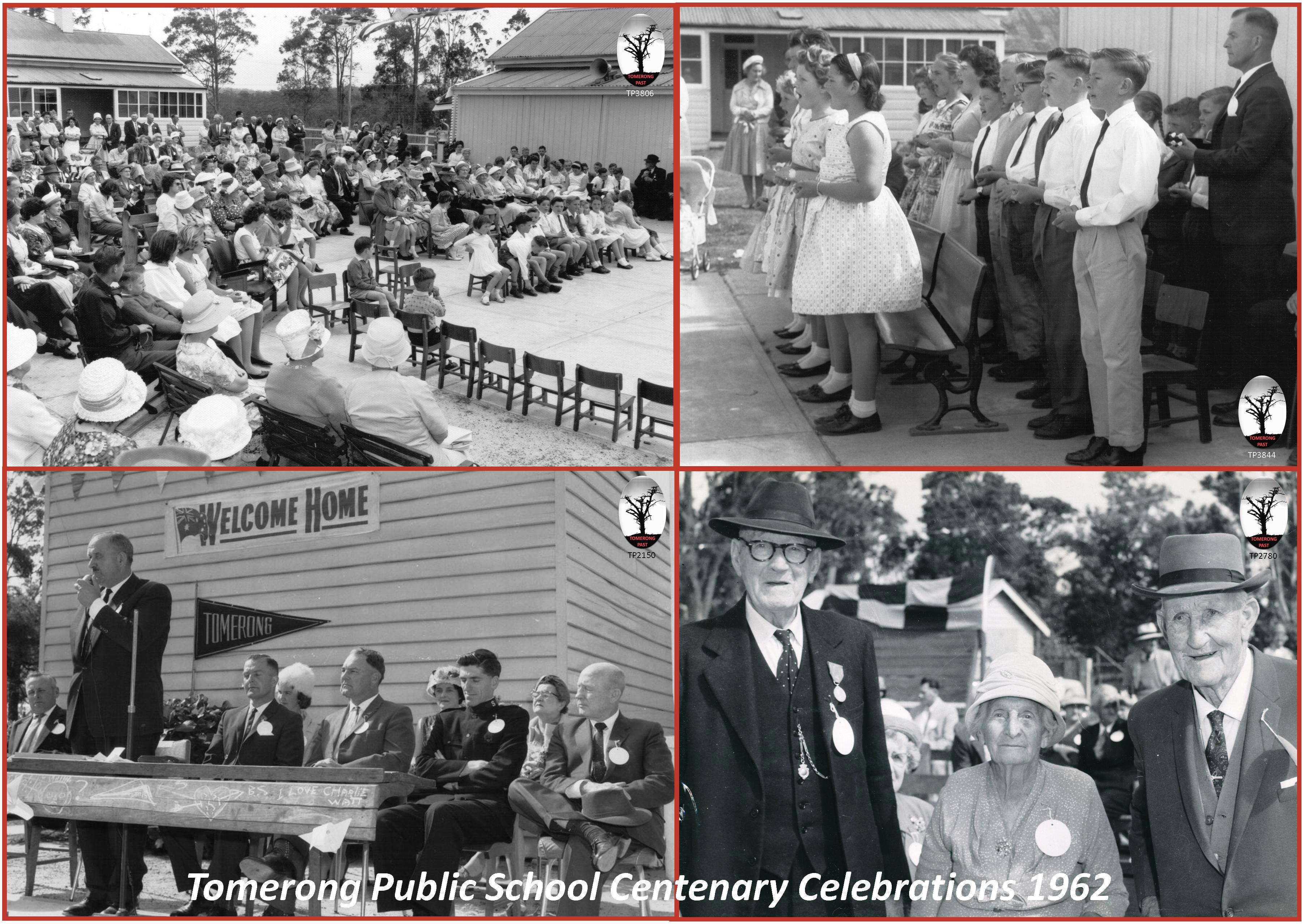
The annual examination of the Tomerong pupils was held on 11 December 1869, at which good results were achieved by several of the students. 'At the examination, owing probably to the exigencies of the harvest season, more of the parents were absent than was desirable, but to make amends, the Rev. Mr Hughes the Wesleyan clergyman from Milton afforded his valuable presidency. English grammer, to the diligent study of which, William Cobbett, perhaps the purest writer and speaker of genuine English in modern times, attributed his wonderful facility of tongue and pen, is the branch of learning to which Mr Matthew Craig, the teacher, has directed special attention of his pupils, and their proficiency showed that his assiduity had not been thrown away. Arithmatic, mental and manual, appeared to have been placed on an equal grade with grammer in the scale of study. The solutions by the scholars of questions in mental Arithmatic were for promtitude and accuracy creditable to the teacher and the taught. Reading, writing from diction, and geography came in for a share in the exercises, and were evidently not excluded from the routine of instruction. Without disparagement to the deserts of other scholars, Miss Marian Mathie, Miss Catherine Bryce, Master Alexander Bryce, Master Patrick Daley, and Master James Watt, distinguished themselves by the readiness and correctness of their replies to the questions propounded. At the close of the examination, the Rev. Mr Hughes addressed to the children some judicious remarks expressive of his gratification with the result.' On the following day the pupils were treated to a picnic at the Erowal Estate, the home of Mr and Mrs Alexander Bryce.
Matthew Craig obtained permission from the Council of Education to propose a subscription list to local residents to raise funds to erect a teacher's residence at the school. A public meeting was held to discuss the matter and it was agreed that public funds would be collected for the dwelling. It is unclear how much was actually raised, but it was reported by Matthew Craig that he was the largest subscriber and erected and maintained the dwelling at a cost of £20. The dwelling was obviously not substantial, as the 1871 Inspector's Report stated the need for a new residence for the teacher, and also showed that pupil numbers were low. The low enrolment resulted in a reduction of Matthew Craig's salary to £60 per annum from January 1872.
An unknown correspondent reported in the 'Kiama Independent' in September 1871, that at that time the school showed an attendance of 30 pupils and that '…their attainment's in the rudiments of education would bear favourable comparison with those of more densely populated places, where the children being less useful at home get a longer and less interrupted schooling. This is a disadvantage experienced at all small country schools'.
The Council of Education's 1872 annual report on the condition of Public Schools showed that the Tomerong School had enrolments of 32 boys and 12 girls. 'The grounds are fenced and the buildings are in fair repair, but a lavatory, additional hat pegs and a residence are needed. The stock of furniture, apparatus and books is sufficient, but the records are incomplete. The pupils are clean and orderly, but not sufficiently punctual. Singing and drawing is not taught, but the proficiency in the other branches is tolerable.'
The School Inspector visited in August 1873 and reported that 'This is a substantial and well-built schoolroom of sawn slabs with shingled roof, but the teacher's residence is a mere hut. A good playground is enclosed and cleared. The building is frequently used for religious purposes and a disarrangement of the furniture etc. left for the teacher to make good is a common consequence. Attainment's... on an average between indifferent and moderate... the teacher clings to the old forms with a tenacity that greatly mars his usefulness.'
The 1874 School Inspector's annual report showed an enrolment of 30 children: 22 boys and 8 girls. 'No alteration in these premises. The records are in a very backward and defective state. There are no programmes of lessons. The pupils include nearly all the children of the locality, but are irregular and unpunctual in attendance. The government is very feeble and the general discipline and the moral tone are consequently unsatisfactory. The classification is informal and necessarily inute. For some time past the school has been conducted with but very little regularity or system - the result mainly of the teachers ill health. The attainment of the pupils are of very limited range. Their proficiency averages only moderate. Singing is not taught'… (extract from Tomerong Local History)
(The School celebrated its 150th anniversary in 2012 in the same location as the original building constructed in 1862)
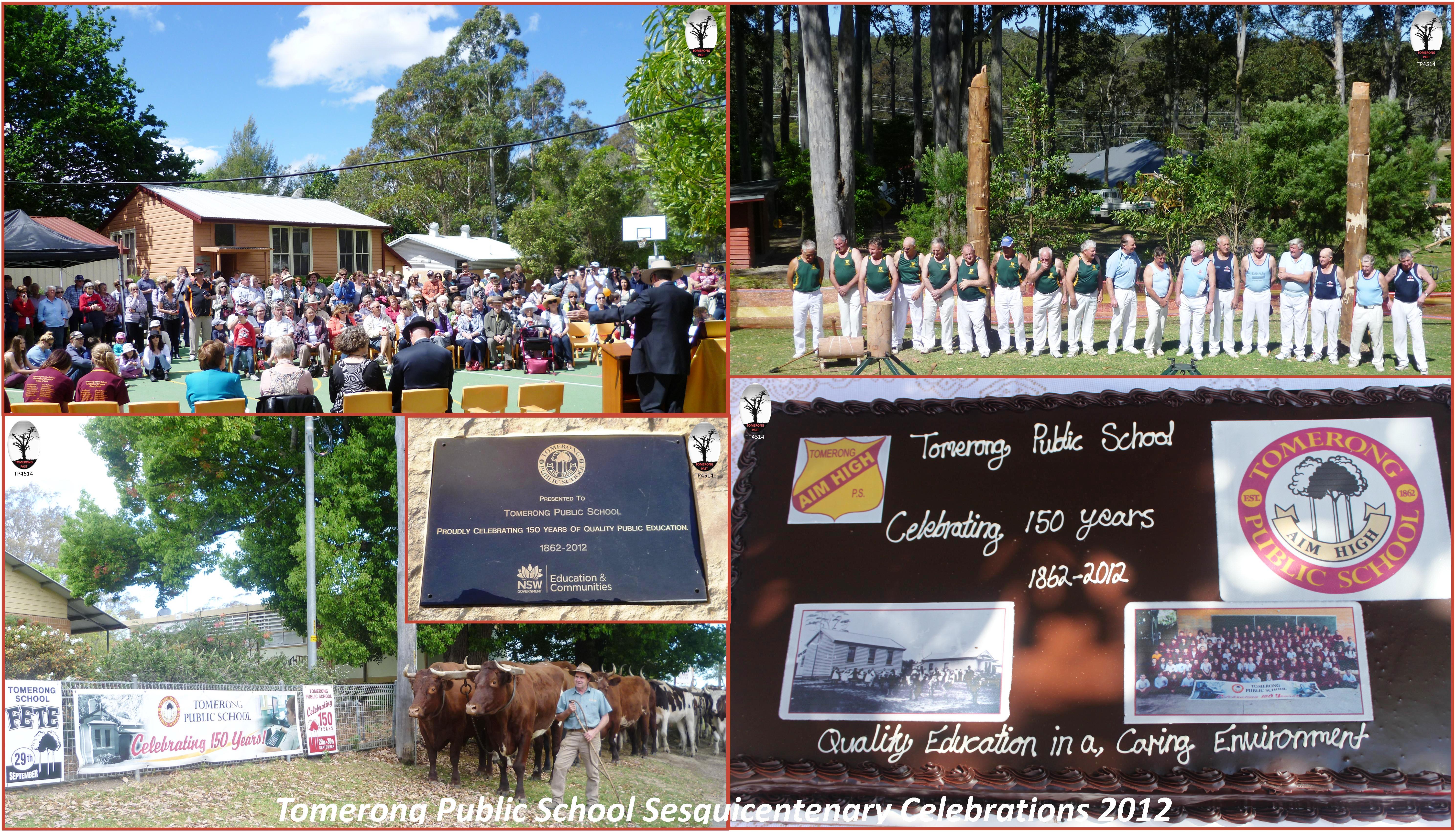
Back to Top See the More Information page for additional information. The Next Page covers the Union Church.
